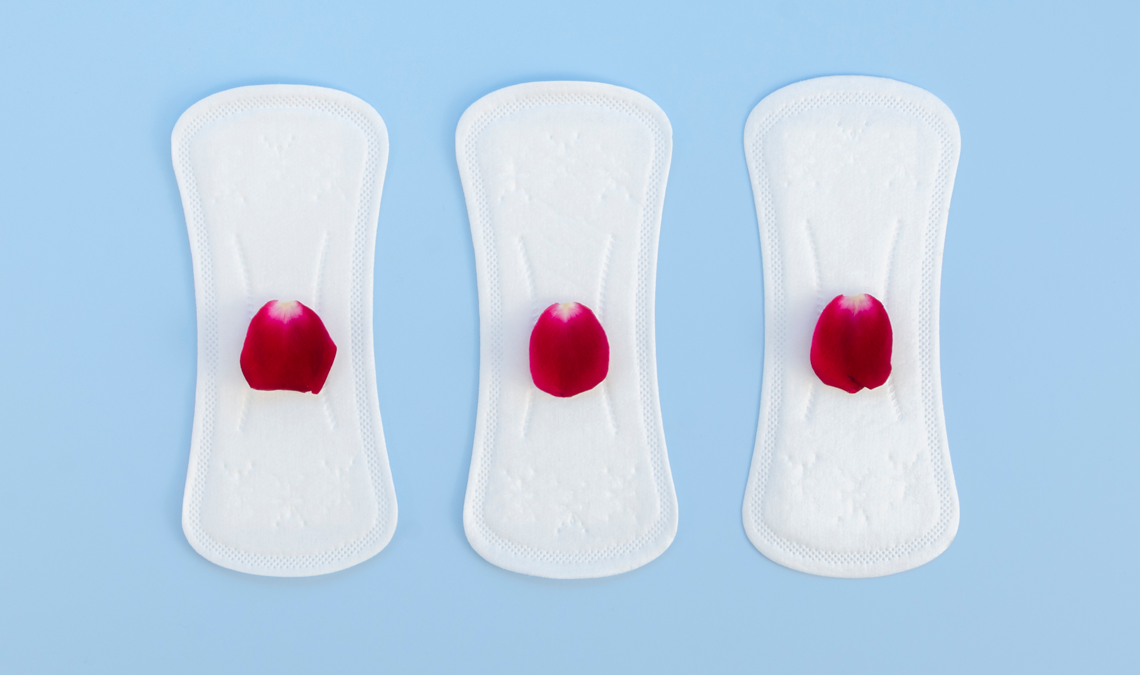Let’s talk about something we don’t always discuss but is a regular part of many women’s lives—panty liners! Whether you’re new to them or have been using them for years, it’s always good to learn about how to use panty liners, how they work and how to make the most out of them. In this guide, we’ll answer all your questions from when to use them, whether it’s okay to wear them daily, to if there are any downsides to watch out for.
What Are Panty Liners Used For?
Panty liners are small, thin pads that you can wear in your underwear to absorb light discharge, spotting, or even sweat. Think of them as the little helpers that keep you feeling fresh and dry when a full pad or tampon isn’t necessary.
Here’s how to use panty liners:
- Vaginal discharge: It’s completely normal to have discharge, and it’s actually your body’s way of keeping things clean and healthy. Research shows that most women naturally produce about 1.5 g of discharge every 8 hours. But if you find it uncomfortable or just want to protect your underwear, panty liners can come to the rescue.
- Light spotting: Sometimes you may experience light bleeding between periods, especially during ovulation or if your period is just about to start or end. A panty liner is perfect for catching those light spots without needing a full pad.
- Everyday freshness: If you want to feel extra dry and fresh, especially on hot days or after a workout, panty liners can help. They also keep sweat from soaking into your underwear.
They’re small, discreet, and super convenient for those little moments (like these) when you just need a little extra protection.
Is It Normal to Wear a Panty Liner Every Day?
Wearing panty liners daily is something many women do, and it’s perfectly normal. If you have regular discharge or just feel more comfortable with that extra layer of protection, it can be part of your everyday routine.
However, it’s important to make sure you’re using the right kind of panty liner, one that’s breathable and gentle on your skin. And remember to change it 3-4 times a day! Leaving the same panty liner on for too long could lead to irritation, so it’s best to swap it out regularly to keep things fresh. Try to change the liner every 4-6 hours.
Blog continues after the ad.
Some women only wear panty liners when they really need them, like during certain times in their cycle, usually around ovulation. Others wear them every day. It’s really about what makes you feel the most comfortable.
When Should Girls Start Wearing Panty Liners?
Panty liners are great for girls and women of all ages, and they can be especially helpful during certain times in life:
- During puberty: If you’re a teen just starting to experience vaginal discharge, panty liners can help you feel more comfortable. It’s normal to feel a bit uncertain about all the changes happening to your body, and liners can offer some peace of mind.
- Around your period: Many women experience spotting just before or after their period. Panty liners are perfect for those in-between days when a full pad or tampon feels unnecessary but you still want a little protection.
- During ovulation: If you track your cycle, you might notice that your discharge increases around ovulation. This is another great time to use a panty liner for a little extra comfort.
More on who should wear panty liners and when here.
Myths About Panty Liners
Let’s clear up a few common myths you might have heard:
- Myth #1: Wearing panty liners every day is bad for you.
This isn’t true if you’re using breathable, unscented panty liners and changing them regularly. As long as you’re not leaving the same one on for too long, it’s perfectly fine to wear them daily if you find it comfortable. - Myth #2: Panty liners cause infections.
Panty liners themselves don’t cause infections. The issue comes if you leave a panty liner on for too long, as it can trap moisture and bacteria. Changing your liner regularly and opting for natural, breathable materials will help keep things fresh and healthy.
Are There Any Side Effects to Wearing Panty Liners?
For most people, panty liners are completely safe and won’t cause any problems. However, there are a few things to be aware of:
- Skin irritation: Some panty liners (especially scented ones) can cause irritation, especially if you have sensitive skin. If you notice any itching or discomfort, try switching to unscented, hypoallergenic options made from softer materials like cotton.
- Trapped moisture: Wearing panty liners for long periods without changing them can trap moisture, which might lead to discomfort or, in rare cases, infections. To avoid this, make sure to change your liner regularly and look for breathable fabrics.
Here’s more on how to use panty liners without causing irritation.
How to Use Panty Liners Everyday Safely
If you plan to wear panty liners regularly, it’s important to choose the right ones for your needs. Here’s what to look for:
- Unscented options: Scented products can sometimes irritate sensitive skin, so it’s best to go for unscented liners unless you know your skin can handle it.
- Thin and flexible: You want panty liners that are thin enough to feel comfortable and move with your body. You should hardly notice them while wearing them!
Finding a panty liner that fits your daily routine and feels comfortable is key, so don’t be afraid to try out a few brands until you find your perfect match.
Final Thoughts
Panty liners are a simple yet helpful product that can make you feel fresher and more confident every day. Whether you’re dealing with normal discharge, light spotting, or just want a little extra protection, they’re there to keep you feeling comfortable. The most important thing is to listen to your body and do what works best for you. If you like wearing them every day, that’s totally fine. If you prefer to use them occasionally, that’s great too.
There’s no right or wrong, just what makes you feel your best!




